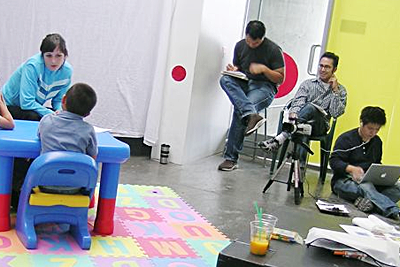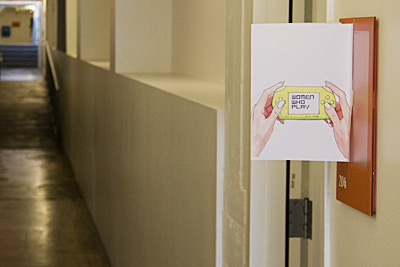Project and
Methods:
Interview:
Spaces:
The researcher's space or the participants
 Blux conducted half of their interviews in facility. A team of four people in the room interviewed, took notes, and ran technical equipment. Tweleve other designers were in a room near by watching live video of the interviews.
Blux conducted half of their interviews in facility. A team of four people in the room interviewed, took notes, and ran technical equipment. Tweleve other designers were in a room near by watching live video of the interviews.
 Women Who Play also held half of its interviews in facility at
Women Who Play also held half of its interviews in facility at
Art Center's South Campus.
While they require greater trust and effort on the part of the participant, in-home interviews can lead to stronger results than other methods particularly when they include a in-home photo session. The ability to see where someone lives, how they organize their personal space, the things they choose to bring into it, is an opportunity that cannot be replaced by other methods. Even in a study that has nothing to do with the home per se, seeing a subjects home still has value. How they behave in their home and how they interact with the researchers in their home, all have meaning. Being in the person's home has advantages, but those advantages cannot be fully leveraged with out the use of still photography.